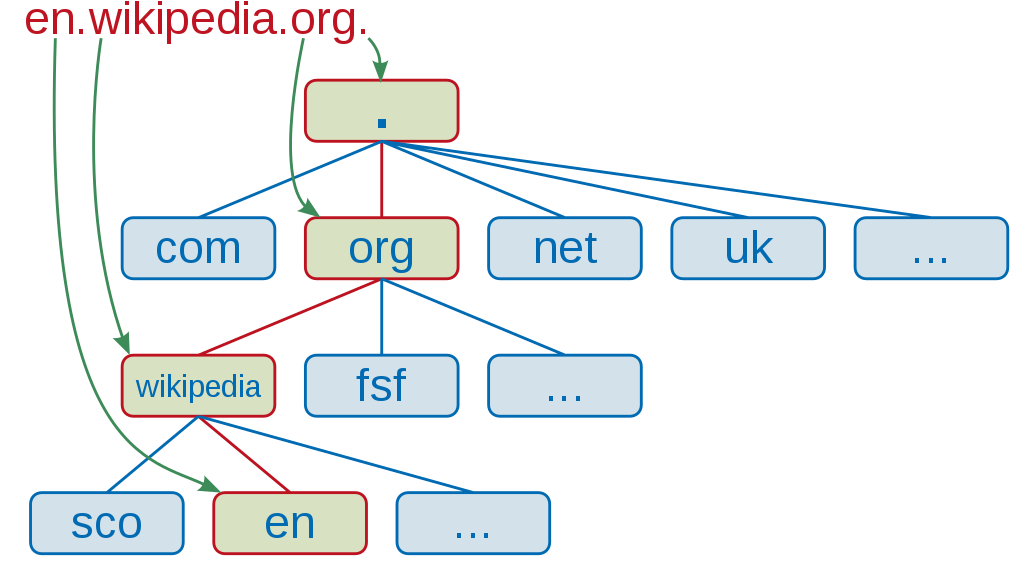Introduction – What is a TLD and what purpose does it serve?

*Image credit: TilmannR, CC BY-SA 2.5 , via Wikimedia Commons
TLD stands for ‘top-level domain’ and refers to the most root part of any domain name. ‘agrtech.com.au’ is the domain name, and ‘.com.au’ is the TLD.
Different domain name extensions and countries have their own TLD’s for example .com.au (Australia), .de (Germany), .cn (China) and many more.
Domain names such as .org, .com and .info are commonly referred to generic TLD’s whilst country specific codes are often referred to CCTLD’s (Country Code Top Level Domains).
The purpose of a TLD is to make it easy for users to access a website online and is a fundamental technology often referred to the backbone of the internet.
Computers broadly speaking don’t understand names like .com but instead communicate with IP addresses for websites like 155.145.124.4 for example.
A TLD acts as a way to translate a simple name like example.com to an IP address of a server that a computer can understand.
Without a TLD and the Domain Name System (DNS) you would have to remember the IP address of every single website you wanted to access it and type it each time which would be very annoying and inconvenient.
Origins of the first TLD’s
The original top-level domains were developed in the 1980s and divided into three primary groups such as:
- Categories
- Multi-organisations
- Countries.
Here is a breakdown of some TLD’s and their original purpose when they were first created in the 1980’s:
- .com (Commercial)
- .org (Organization or non-profit)
- .edu (Educational institution such as a university)
- .gov (Government department/agency)
- .mil (Millitary for the U.S.A)
- .int (Intergovernmental organization such as NATO or WHO)
Each original TLD had a unique purpose however these days many websites use different TLD’s than their original purpose with the exception Government and Educational institutions.
For example it is quite common to see websites use the .io extension which was designed for the Indian Ocean despite not been located there.
Restrictions
The vast majority of domain names extensions are administered by a central body called ICANN which is a regulatory authority responsible for issuing domains and standards to different companies all over the world.
Some domain extensions are run by private companies which may have certain terms of registration and the rest administered by governments in their respective countries.
Generally country specific CCTLD’s will restrict the registration to businesses or individual residents of that country and disallow other people overseas from registration although every country is different and has it’s own rules.
How can I register a domain name for myself?
There are a number of different companies who sell and resell domain names where you can buy from to get your own website including us.
AGR Technology offers Domain registration services and also has a dedicated portal where you can search for domains you want to buy.
Conclusion
We hope you found this page to be useful if so be sure to share it with your friends and family and check out our tech glossary for more along with our business services and blog.
Related content from our tech glossary:
![logo-new-23[1] logo-new-23[1]](https://agrtech.com.au/wp-content/uploads/elementor/thumbs/logo-new-231-qad2sqbr9f0wlvza81xod18hkirbk9apc0elfhpco4.png)